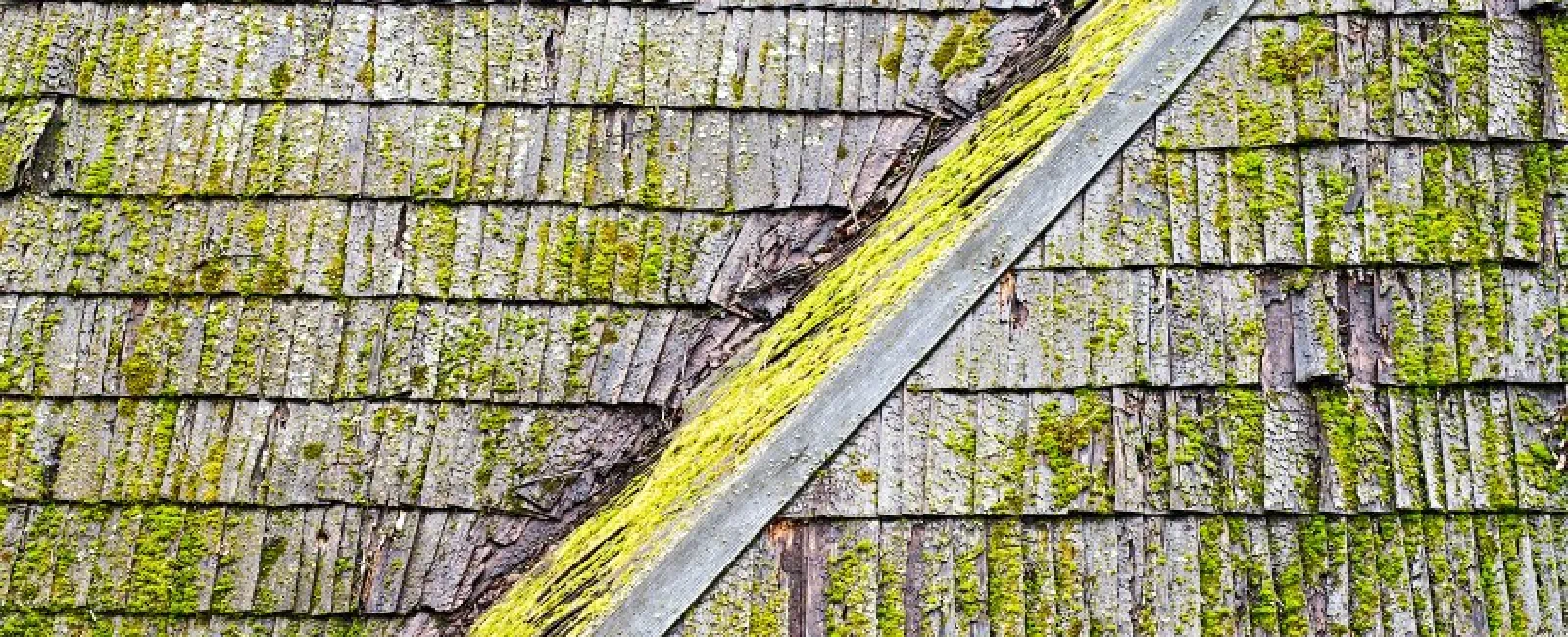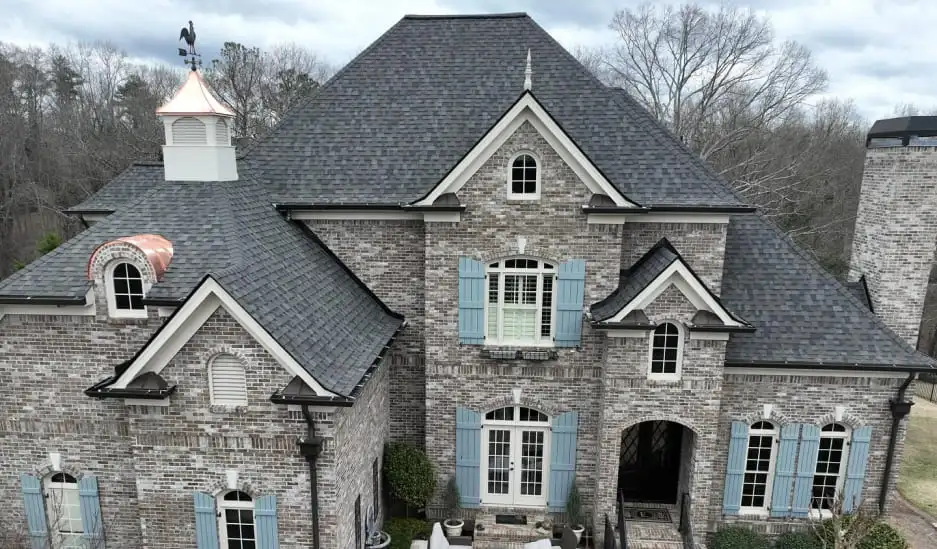This summer, Greater Atlanta’s rainy conditions and high humidity created the ideal conditions for roof mold. When allowed to grow unchecked, mold stains and damages roofs.
Mold is usually the result of algae growth. In rainy, humid weather, algae (and other botanical growths like moss and lichens) can take hold and grow quickly on your roof. This causes the roof materials to remain damp, which promotes rot. When rot sets in, so can mold. Even with no rain, warm, humid weather creates ideal conditions for quick mold growth.
Roof mold thrives in shady, moist conditions. The problem commonly occurs on the northern section of the roof and in areas that remain shaded throughout the day from surrounding plants or buildings. Throw in excessive moisture from rain and humidity, and you get mold overgrowth.
Here are five good reasons to remove mold and moss from your roof as quickly as possible.
Roof Mold Is Unsightly
Roofs are the most visible element of the home. Drive down the street, and you’re likely to notice a home’s roof from a distance. Mold is often black and creates streaky, ugly stains on your roof. These stains can make an otherwise attractive home seem neglected.
Mold Can Travel
Mold can wash off your roof in the rain and get tracked into your home. Indoors, mold can take hold and create health problems. If there’s a great deal of rotting on the roof because of moss, mold can penetrate roofing materials. Mold promotes wood rot and erodes the asphalt in shingles. It can also spread onto adjacent structures.
Mold Is Stubborn
As a fungus, mold is pervasive and persistent. The more entrenched mold becomes on your roof, the more difficult it’ll be to control. Clean the mold from your roof when you first see it, or have a roofing professional take it off. The sooner you deal with the mold, the better.
Mold Can Attract Rodents
Roof mold provides an inviting habitat for rodents such as mice, rats and squirrels. These unwanted critters climb up gutters to reach the roof. If the roof is moldy, damp and soft, rodents often chew on roofing materials, causing serious, costly damage. They may even cart off portions of your roof to create nests.
Mold May Result in the Need for a New Roof
Let a mold situation linger and the damage may become irreparable. Mold left to feed on rotting wood can create an unstable roof that requires replacement. Avoid this expensive project by having regular maintenance done on your roof. Keeping your roof clean helps to increase its longevity.
If your roof has mold or moss, have it cleaned as soon as possible to minimize damage and staining. Contact Findlay Roofing today for a free roof analysis.



